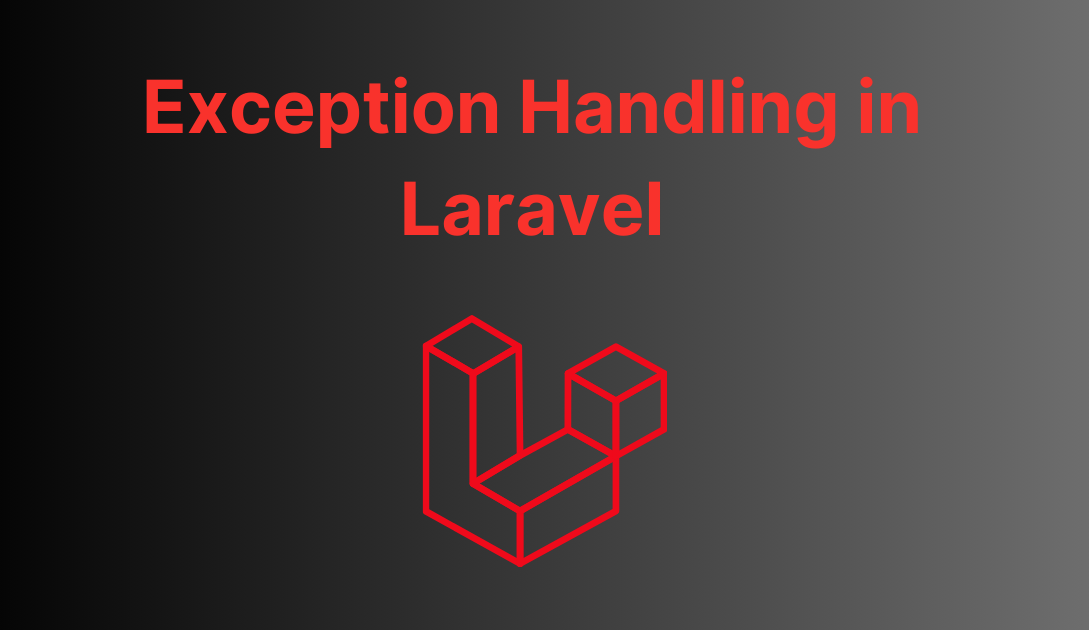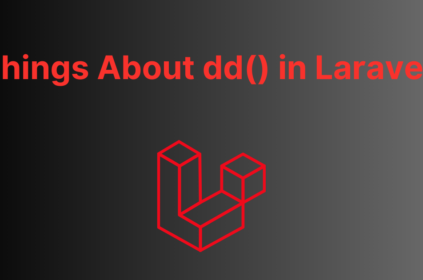Exception handling is a crucial aspect of building robust applications. In Laravel, developers often encounter the challenge of effectively managing exceptions without cluttering their code with try-catch blocks. This blog post aims to clarify the best practices for handling exceptions in Laravel, shedding light on common pitfalls and offering alternative strategies to enhance your application’s error management.
Common Misconceptions About Exception Handling
Many developers, especially those new to Laravel, tend to overuse try-catch blocks in their code. This approach often stems from a desire to catch every possible error and return a user-friendly response. However, as we will explore, this method can lead to more problems than it solves.
For instance, a developer might implement a try-catch block in every method of a controller. The intention is noble: to catch any error and return a JSON response indicating that something went wrong. However, this can be counterproductive.
- Firstly, catching a generic Throwable doesn’t provide specific information about the error. A 500 error response does little to inform users about what went wrong.
- Secondly, this approach can lead to a lazy error-handling strategy, where developers do not adequately address the underlying issues that cause exceptions.
- Lastly, it can lead to inconsistent error messages, making it difficult for users to understand how to resolve the issue.
The Importance of Specificity in Exception Handling
When handling exceptions, specificity is key. A vague error message like “Internal Server Error” does not guide users on what steps to take next. Instead, providing meaningful messages helps users understand the nature of the problem.
For example, if a user submits invalid data, returning a 422 Unprocessable Entity status code with a clear message about which fields are incorrect is far more useful. This type of validation can often be handled in Laravel’s Form Request classes, minimizing the risk of exceptions in the first place.
Creating Custom Exception Classes
Laravel allows developers to create custom exception classes. This capability is particularly useful when you need to handle different types of exceptions in various ways. For instance, you could create a custom exception for validation errors that returns a specific message when triggered.
class ValidationException extends \Exception {
protected $message = 'Validation failed';
}By creating custom exceptions, you can provide tailored responses based on the type of error encountered, enhancing the user experience.
Effective Exception Handling Strategies
Instead of scattering try-catch blocks throughout your controller methods, consider these more effective strategies:
1. Centralized Exception Handling in the Exception Handler
Laravel’s exception handler provides a centralized location for managing exceptions. By overriding the render method in your App\Exceptions\Handler class, you can define how to respond to different exceptions globally.
protected function render($request, Throwable $exception) {
if ($exception instanceof ValidationException) {
return response()->json(['error' => $exception->getMessage()], 422);
}
return parent::render($request, $exception);
}This approach keeps your controllers clean and focuses error handling in one place, making it easier to manage and update as your application evolves.
2. Utilizing Middleware for Exception Handling
Another effective strategy is to use middleware for exception handling. Middleware can apply specific logic to a group of routes, allowing you to catch exceptions without cluttering your controllers.
For instance, you could create middleware that catches exceptions for all web requests or only for specific routes. This adds flexibility and allows you to manage exceptions more effectively.
Leveraging Laravel’s Built-in Features
Laravel provides various built-in features that can simplify exception handling:
- Form Requests: Use Form Requests to handle validation before reaching your controllers. This minimizes the number of exceptions thrown due to invalid input.
- Custom Exception Classes: As mentioned earlier, create custom exception classes for different error types. This enhances clarity and allows for tailored error messages.
- Logging: Leverage Laravel’s logging capabilities to record exceptions for further analysis. This can help identify recurring issues and improve your application’s reliability.
Conclusion
In summary, while it may seem tempting to use try-catch blocks extensively in Laravel, this approach can lead to cluttered code and uninformative error messages. Instead, focus on centralized exception handling in the exception handler, utilize middleware for flexibility, and take advantage of Laravel’s built-in features. By adopting these strategies, you can create a more robust and user-friendly error management system in your Laravel applications.
If you have further questions or want to discuss best practices for exception handling in Laravel, feel free to leave a comment below!







